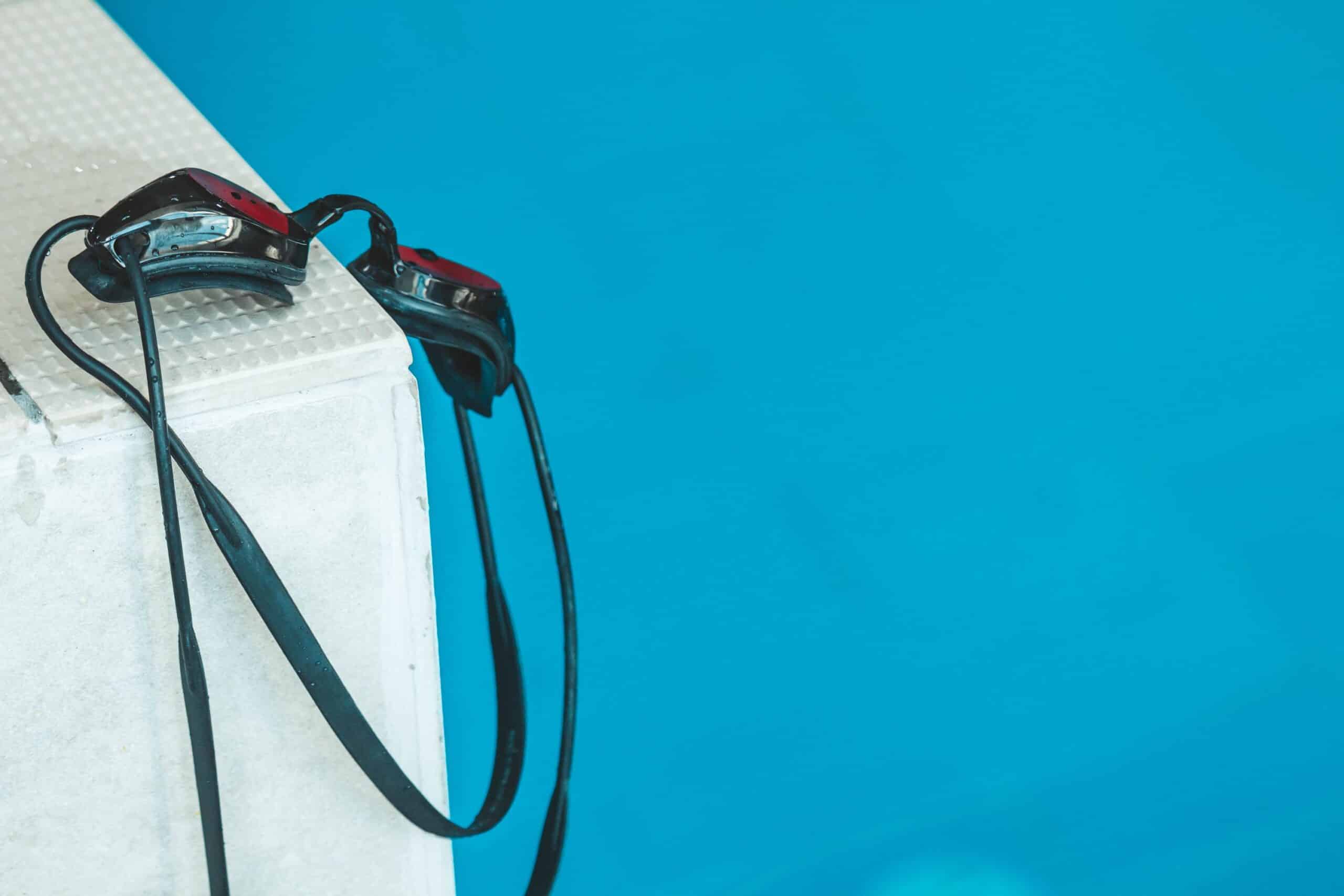HIIT is a type of training that involves brief bursts of high-intensity movements that are followed by short recovery periods of lower-intensity movements. This form of exercise is considered to have more health benefits than moderate-intensity exercise for those with and without chronic conditions, as it increases aerobic capacity and endurance while being time efficient. The researchers report that AHIIT may provide an attractive, safe, and valuable option for those with chronic conditions who are struggling or unable to perform LBHIIT.
Exercising in water helps to relieve pressure on joints which allows people to complete movements that they normally can’t do on land, but there is conflicting evidence on its physiological benefits.
Researchers set out to investigate the effects of AHIIT by analyzing 18 trials comparing how AHIIT improves exercise capacity with LBHIIT, and moderate intensity in water (AMICT) or a non-exercising control group. While the trials were of varying quality the researchers were able to access the certainty of evidence using the GRADE system.
The systematic review and meta-analysis included 868 adults aged 18 and over with a range of chronic musculoskeletal, respiratory, cardiovascular, metabolic or neurological conditions such as arthritis, type 2 diabetes, back pain, multiple sclerosis as well as chronic lung disease, and some of the participants had more than one chronic condition.
Differences between the groups were expressed as standardized mean differences (SMD), an SMD of 0.2-0.5 indicated a small effect, 0.5-0.8 indicated a moderate effect, and 0.8+ indicated a larger effect.
The researchers reported that AHIIT moderately improved participant exercise capacity compared to no exercise with an SMD of 0.78, and it had a small benefit compared to AMICT with an SMD of 0.45, but there was no difference in exercise capacity seen for AHIIT compared with LBHIIT. Additionally, there were fewer adverse events reported in AHIIT than there were with LBHIIT, and adherence rates for AHIIT ranged from an impressive 84% to 100%.
Due to the nature of observational studies, this work is not without limitations. However, the researchers believe that the detailed search strategy and inclusion of a variety of chronic conditions, along with fewer adverse events and strong adherence rates enabled a greater understanding of AHIIT in a variety of populations. They suggest that future research should examine links between exercise capacity and key patient-related outcomes, barriers to HIIT, and independent commitment to exercise.
The researchers concluded that “There are beneficial effects of AHIIT on exercise capacity in people with a range of chronic conditions. AHIIT has similar effects on exercise capacity as LBHIIT and may represent an alternative for people unable to perform LBHIIT.”
“A key finding of this meta-analysis indicates that AHIIT may be as beneficial as LBHIIT, which gives people with chronic conditions another choice for effective HIIT or potentially a more successful environment to start and continue with high-intensity training,” say the researchers, adding that the natural support and buoyancy of water “may facilitate this effectiveness.”




